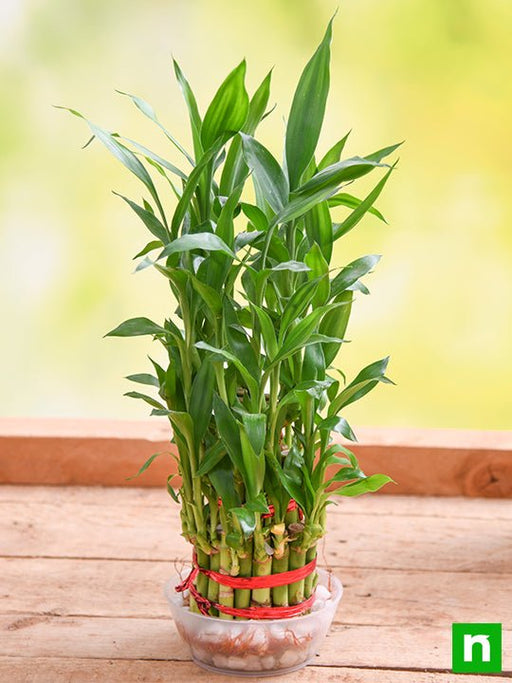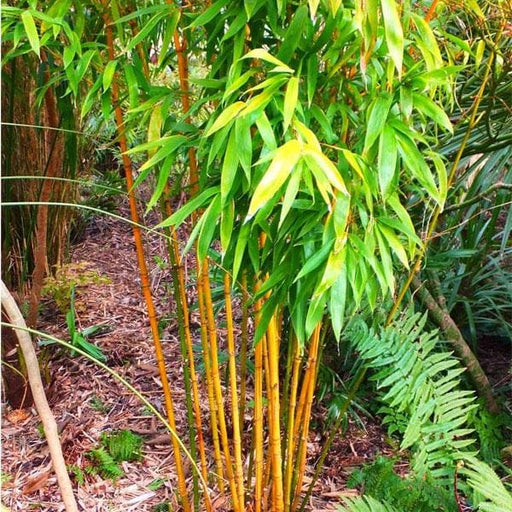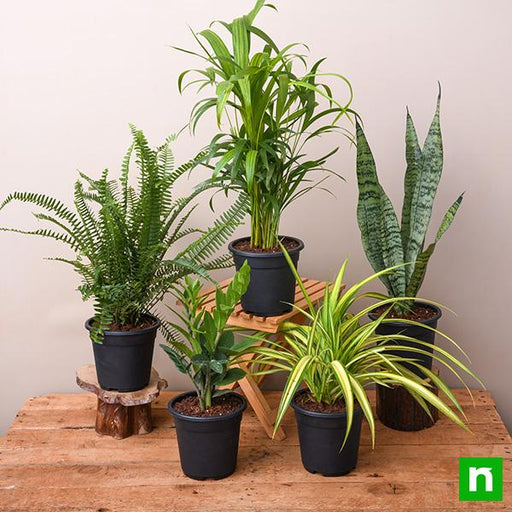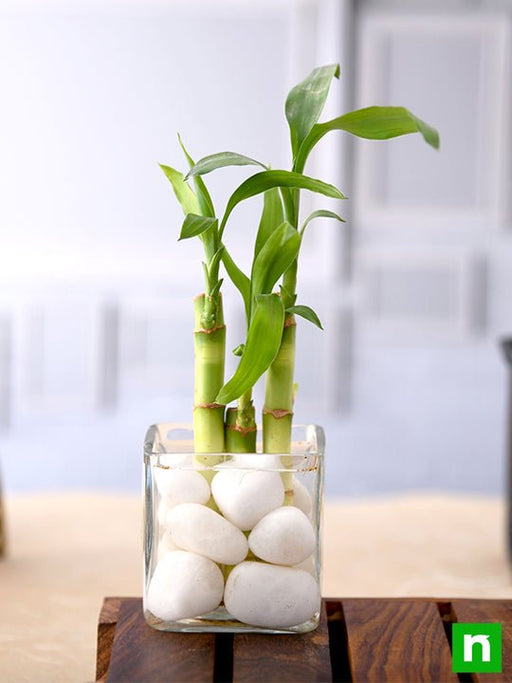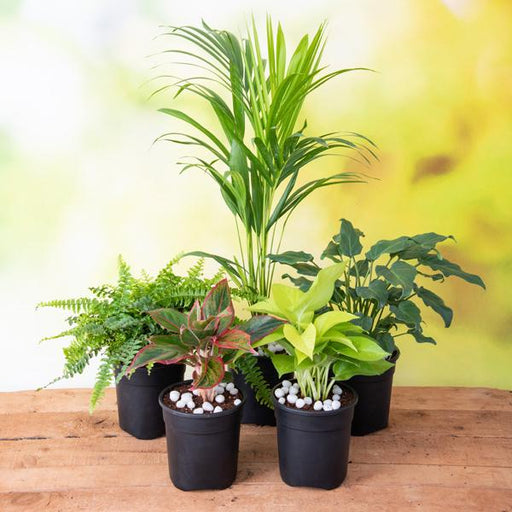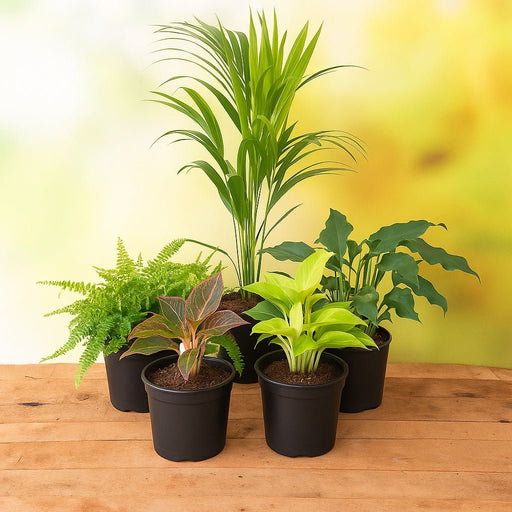Types of bamboo trees
There are many different types of bamboo trees, including clumping bamboo and running bamboo. Consider choosing a variety that is well-suited to your climate and growing conditions.
Benefits of bamboo trees
Bamboo trees provide a number of benefits, including air purification, erosion control, and aesthetic value. They can also be used for building materials and as a food source.
Bamboo planting tips
When planting bamboo trees, it's important to choose the right location, prepare the soil properly, and water the trees regularly. Consider consulting with a professional landscaper or horticulturist to ensure proper tree care.
Bamboo pruning
Pruning bamboo trees can help maintain their health and appearance. It's important to prune bamboo at the right time of year and to use proper pruning techniques to avoid damaging the tree.
Bamboo diseases
Bamboo trees are susceptible to a number of diseases, including bamboo mosaic virus and bamboo wilt. It's important to monitor trees for signs of disease and to take prompt action if necessary.
Bamboo pests
Bamboo trees can also be affected by pests, including bamboo mites and bamboo borers. Consider using natural pest control methods or consulting with a professional landscaper for help with pest management.
Bamboo harvesting
Some types of bamboo can be harvested for their shoots, which can be used as a food source. Consider consulting with a professional horticulturist for tips on harvesting bamboo.
Bamboo propagation
Bamboo can be propagated through division, cuttings, or seed. Consider consulting with a professional landscaper or horticulturist for tips on propagating bamboo.
Bamboo root problems
Bamboo trees can sometimes cause issues with their roots, including damage to sidewalks and buildings. Consider using root barriers or consulting with a professional landscaper for help with root management.
Bamboo screen
Bamboo trees can be used as a natural privacy screen in the landscape. Consider planting bamboo in a row or cluster to create a beautiful and functional screen.
Bamboo fence
Bamboo can also be used to create a beautiful and natural fence. Consider consulting with a professional landscaper for tips on building a bamboo fence.
Bamboo crafts
Bamboo can be used for a variety of crafts and DIY projects, including bamboo furniture and bamboo wind chimes. Get creative and try out some fun bamboo crafts.
Bamboo landscaping
Bamboo can be incorporated into the landscape in a variety of ways, including as a border, accent, or focal point. Consider consulting with a professional landscaper for tips on using bamboo in your landscaping.
Bamboo care
Regular care is important for bamboo trees to ensure their health and appearance. Consider hiring a professional landscaper for bamboo care services.
Bamboo varieties
There are many different varieties of bamboo, each with its own unique characteristics and growing requirements. Consider researching different bamboo varieties to choose the right one for your needs.
Bamboo propagation methods
There are several methods for propagating bamboo, including division, cuttings, and seed. Consider consulting with a professional horticulturist for tips on propagating bamboo.
Bamboo management
Managing bamboo growth and spread is important to prevent it from becoming invasive. Consider consulting with a professional landscaper for help with bamboo management.
Bamboo water requirements
Bamboo trees require regular watering to thrive. Consider using drip irrigation or consulting with a professional landscaper for help with bamboo irrigation.
Bamboo mulching
Mulching around bamboo trees can help retain moisture and suppress weeds. Consider using organic mulch and consulting with a professional landscaper for help with bamboo mulching.
Bamboo and Feng Shui
In Feng Shui, bamboo is considered a symbol of good luck, prosperity, and strength. Consider incorporating bamboo into your home or workspace for a boost of positive energy and good fortune.


